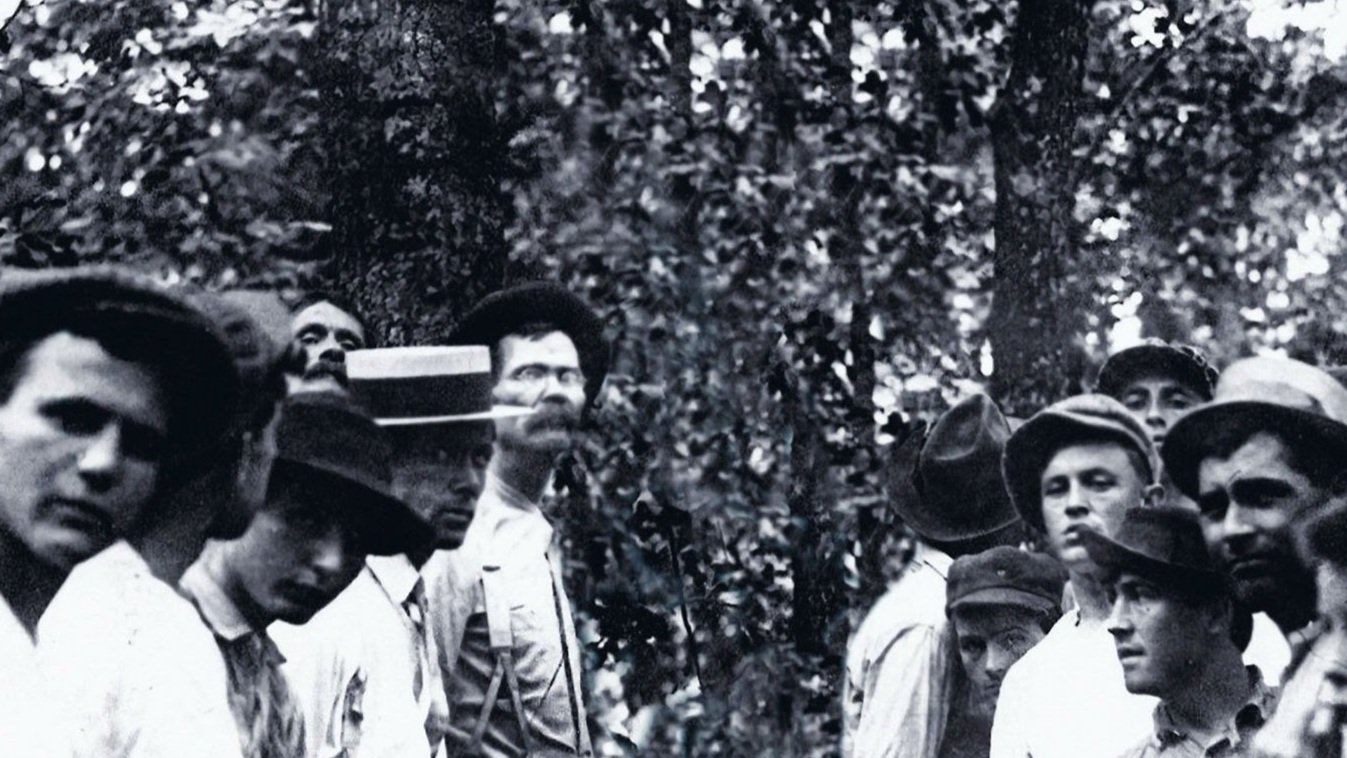Witnessing Violence: Help or Harm?
Witnessing Violence examines the uses and abuses of images from violent atrocities, particularly as these pictures have been ostensibly used to raise awareness or call individuals into action. Taking as its starting points Holocaust and genocide imagery, circulated recordings of racialized police violence, and footage of gun violence in the United States, Witnessing Violence hopes to cause visitors to rethink and reconsider how they engage with these images’ circulation and whether the intended effect is achieved.

The exhibit utilizes edited and repurposed imagery from various atrocity scenes, working to redirect the visitor’s gaze from the fear and pain of victims to the responsibility of the perpetrator, and encourages empathy without the consumption of another’s harm. One key inspiration for this exhibit was artist Ken Gonzales-Day’s Erased Lynchings series which utilizes altered lynching photographs to confront the spectacle of these extrajudicial, white supremacist killings. Gonzales-Day’s work is incorporated into Witnessing Violence as well as a case study alongside narratives from local survivors engaging with the 2022 Russian invasion of Ukraine.
Through the usage of these visual and rhetorical cues, Witnessing Violence: Help or Harm? aims to push visitors to consider: Who, if anyone, benefits when we share or utilize violent imagery? How can we respect victims’ humanity and agency (or lack thereof) when choosing whether or not to circulate footage of violent acts? Is raising awareness an action in and of itself, and can it mobilize individuals to get involved and mobilize for change? Though visitors to TJMHC won’t find prescribed answers within the exhibit, it is our hope that they will leave with a commitment to engage these topics in the real world with a more discerning mind.
Witnessing Violence is on view in the Allen & Marianne Langer Contemporary Human Rights Exhibit Gallery.
